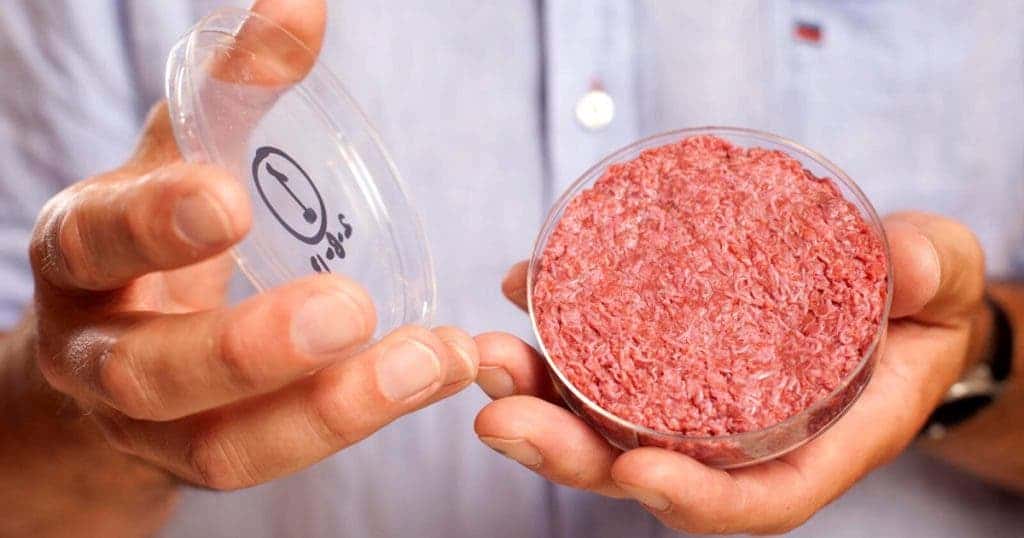A team of researchers wants to sell guilt-free lab grown meat in five years. It’s pretty darn cheap already and will get even cheaper.
Meat is strongly embedded in many cultures. We eat meat for many reasons — it’s nutritious, it’s easy to prepare, and we’re used to it. However, it comes at a great cost, one that most people are not aware of. Aside from the evident moral reason (you kill an animal to eat it — an animal which most likely spent its entire life in miserable conditions), there are also health and environmental aspects to consider. Red meat especially has been linked to a number of medical conditions, from cancer to bowel problems. The environmental price is even greater. A recent comprehensive study found that sustainable eating (particularly, eating less meat) could reduce your personal emissions and land use footprint by 70–80% and your embedded water consumption by 50%. Add in the fact that we kill over 50 billion animals every single year and you start to see why meat is such a big problem.
Artificial meat has been discussed for years, and we were quite excited when the first lab-made hamburger was created in 2012, coming at a hefty price of $325,000. Of course, at that time it was just a proof of concept, and reportedly not very tasty either. But now, a Dutch start-up called Mosa Meat has already reached spectacular performances — tasty, lab-meat burgers for just over $11.
“And I am confident that when it is offered as an alternative to meat that increasing numbers of people will find it hard not to buy our product for ethical reasons,” Peter Verstrate, head of Mosa Meat, told the BBC.
Unlike the first burger, which was made completely of muscle, this one is made from stem cells and is already much more eco-friendly than conventional beef, requiring 55% less energy use, producing 25 times less emissions and requiring 100 times less land use. Considering that it’s been only five years since the first artificial-meat burger was created and the price has already gone down so much, lab meat is becoming an interesting prospect for the future.
Yet while clean beef is now closer than ever to appearing on restaurant menus and in grocery stores, Mosa Meat still has some work to do. They’re now working on bringing the taste and texture as close to the real thing as possible, but also healthier. They’re adding healthy fats to it, as well as cheap ingredients that could help the beef’s shelf life, taste, and color. Of course, while a spectacular improvement, $11 is still more expensive than what consumers are used to. But Verstrate believes that if they can scale up production accordingly, that will help bring down the price to a competitive $3.60 per pound. If it goes that low, then it can definitely fight its way onto the market.
“I feel extremely excited about the prospect of this product being on sale. And I am confident that when it is offered as an alternative to meat that increasing numbers of people will find it hard not to buy our product for ethical reasons”.
There are also regulatory hurdles to pass. Just like any new drug or food, the company has to get plenty of approvals and regulatory green lights before they can put their product on the shelves. But the governments of the UK and Netherlands have already given their support and ensured Mosa Meat that meat lobbyists will not destroy the product in its regulatory phases.
There will be plenty of opposition to this idea but hey — if you could eat something that’s basically a burger, tastes like a burger, and is better for you and the planet… why wouldn’t you?











